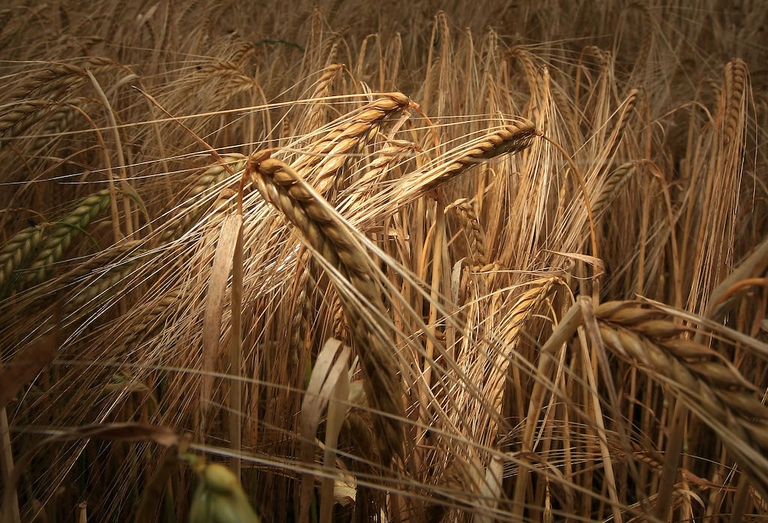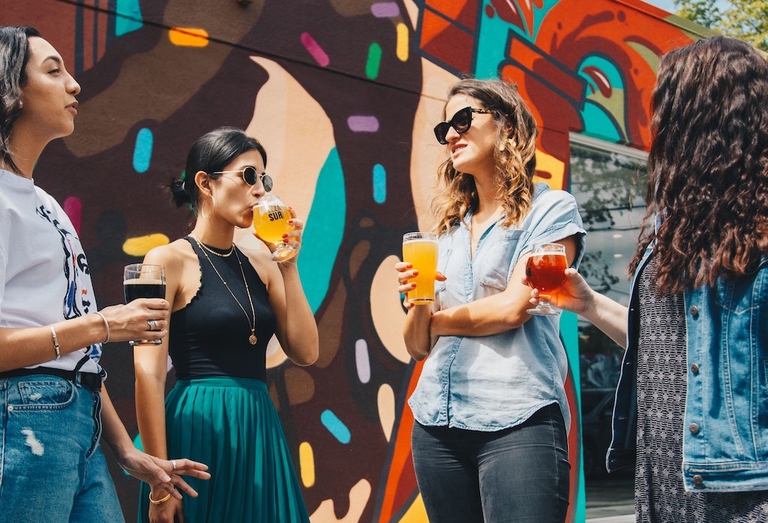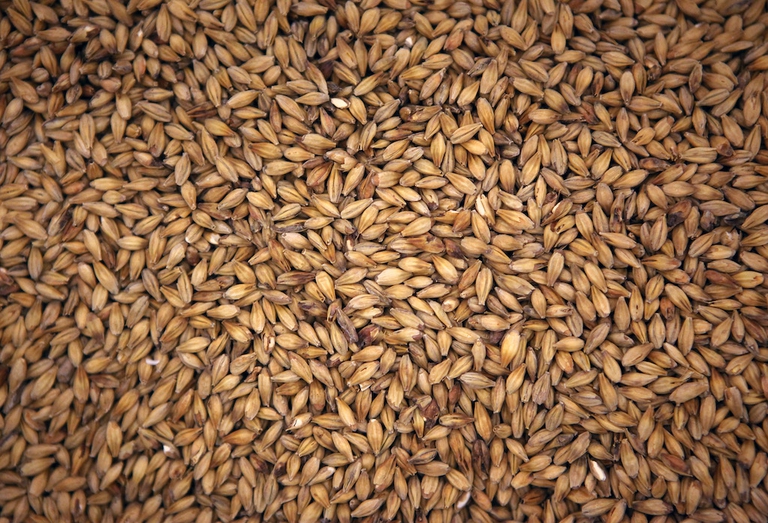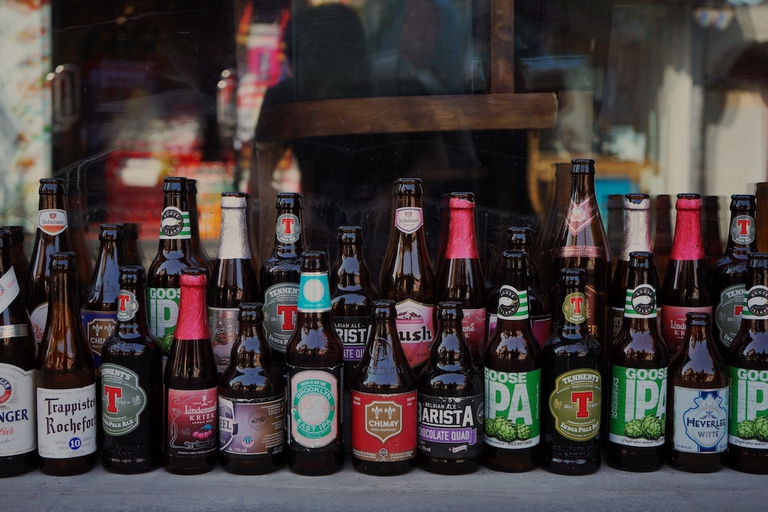
Factory farming conditions and antibiotic-resistant pathogens emerging as a result of them pose an existential threat to humans in the form of zoonotic diseases. Why it’s time to produce and consume food more thoughtfully.
Climate change could reduce barley yields, negatively affecting the availability and price of beer. This may not be global warming’s worst tragic consequence but could represent a sad loss.
Bad news for beer drinkers: the consequences of climate change are expected to cause a global decrease in beer production. This is because barley, beer’s key ingredient, is sensitive to increasingly hot and dry environments, confirming the negative impact of global warming on agriculture.
Read more: How agriculture and climate change are related: causes and effects
A pilot study in 2015 found differences between starches found inside barley grown in dry conditions versus the crop when well-watered. In the former, the modified starch changed the brew’s taste and quality. A more recent paper published in the journal Nature Plants used two models to predict the effects of future heat and drought conditions on barley yields, therefore beer production. They predicted an average loss of 29 billion litres of beer (16 per cent) per year, equivalent to its total annual consumption in the US.
In addition, using more resistant crops isn’t a viable alternative, since climate change is expected to influence other food staples such as wheat, maize, soy and rice. The flower buds of hop plants, used to give beer different tastes and aromas, are also expected to decrease since warmer winters will lead to earlier and smaller harvests, therefore reducing available varieties.
Using this information, the same researchers used economic models to estimate the impact of this loss on the price of beer. On the whole, it’s expected to double, although countries will be affected differently. The worst hit will be Poland, with prices increasing almost fivefold. Assumptions underlying modelling techniques indicate that price increases and supply shortages may not be as dramatic as predicted. For example, modelling techniques don’t consider potential adaptations, as it’s possible that over time barley will evolve to resist warmer climates.
On the other hand, the study might actually underestimate climatic effects on future yields. For example, it was observed that barley harvests in the UK dropped significantly after only modest temperature rises. This points to the fact that this crop may not even survive future temperatures at all.
An alternative involves finding a variety of barley that maintains a stable grain quality in a drier environment, for example the “stay-green” type. However, this could introduce new problems relating to monocultures, as planting the same crop repeatedly may deplete soil quality due to the crop’s specific nutrient requirements. In addition, relying on only one plant variety would make the entire stock more vulnerable to disease. Genetically identical plants would be equally affected by illnesses, as opposed to plants belonging to different strains. Efforts should be oriented towards slowing down climate change and giving plant species time to (hopefully) adapt, instead of finding a short-term solution such as using climate-resilient monocultures.
Thankfully, awareness has increased and action is starting to be taken. In response to existing problems regarding securing water supplies, 24 US breweries signed a Climate Declaration in 2015, pledging to take action to reduce emissions. Breweries, in fact, use a lot of energy for heating, cooling and transportation operations. In addition, producing around 4 litres of beer requires around 20 to 30 litres of water. Breweries are making a conscious effort to decrease this consumption and taking measures to use renewable energy sources. However, their combined effect will be minimal unless governments and society take serious collaborative action against climate change and its impact on beer, grains and staple crops in general.
Siamo anche su WhatsApp. Segui il canale ufficiale LifeGate per restare aggiornata, aggiornato sulle ultime notizie e sulle nostre attività.
![]()
Quest'opera è distribuita con Licenza Creative Commons Attribuzione - Non commerciale - Non opere derivate 4.0 Internazionale.
Factory farming conditions and antibiotic-resistant pathogens emerging as a result of them pose an existential threat to humans in the form of zoonotic diseases. Why it’s time to produce and consume food more thoughtfully.
The world of cinema recognises the link between food choices and the climate crisis by offering vegan menus for awards season events, including at the most important of them all: the Oscars.
Let’s look at the reasons behind the growth of veganism in India, as a small yet vocal section of the population turns towards this diet and lifestyle in the largest milk producing country in the world.
by Jeffrey Y. Campbell, Manager of the Forest and Farm Facility at FAO In the Ecuadorian Amazon, Kichwa farmers grow dozens of products on tiny parcels of land. Their lands hum with biodiversity, yielding nutritious foods that have sustained families for generations. Wandering among fruit and nut trees and crops, these indigenous agroforesters fill their baskets
Mint has many health benefits, but in food it’s often accompanied by artificial green colourings. Instead, Galatea has created a green mint ice cream in a completely natural way.
We’re talking about Galatea, a company that produces semi-finished products for artisanal ice creams using high quality ingredients, natural colouring, excluding thickeners and hydrogenated fats, respecting the environment and supporting the less fortunate.
The mad rush to fake food, like fake meat made with genetically-modified soy, ignores the importance of the diversity of our foods and culinary cultures. It’s a recipe to accelerate the destruction of the Planet and our health.
Like with all foods, the quality of an ice cream can be discerned by reading its label. An expert explains how to do this, and tells us how their company steers clear of chemicals, using only natural ingredients to produce an excellent and “free” ice cream.
Quality ingredients, no artificial colouring and hydrogenated fats. These are the main features of a great ice cream. But what makes an ice cream parlour “good”, i.e. sustainable?











